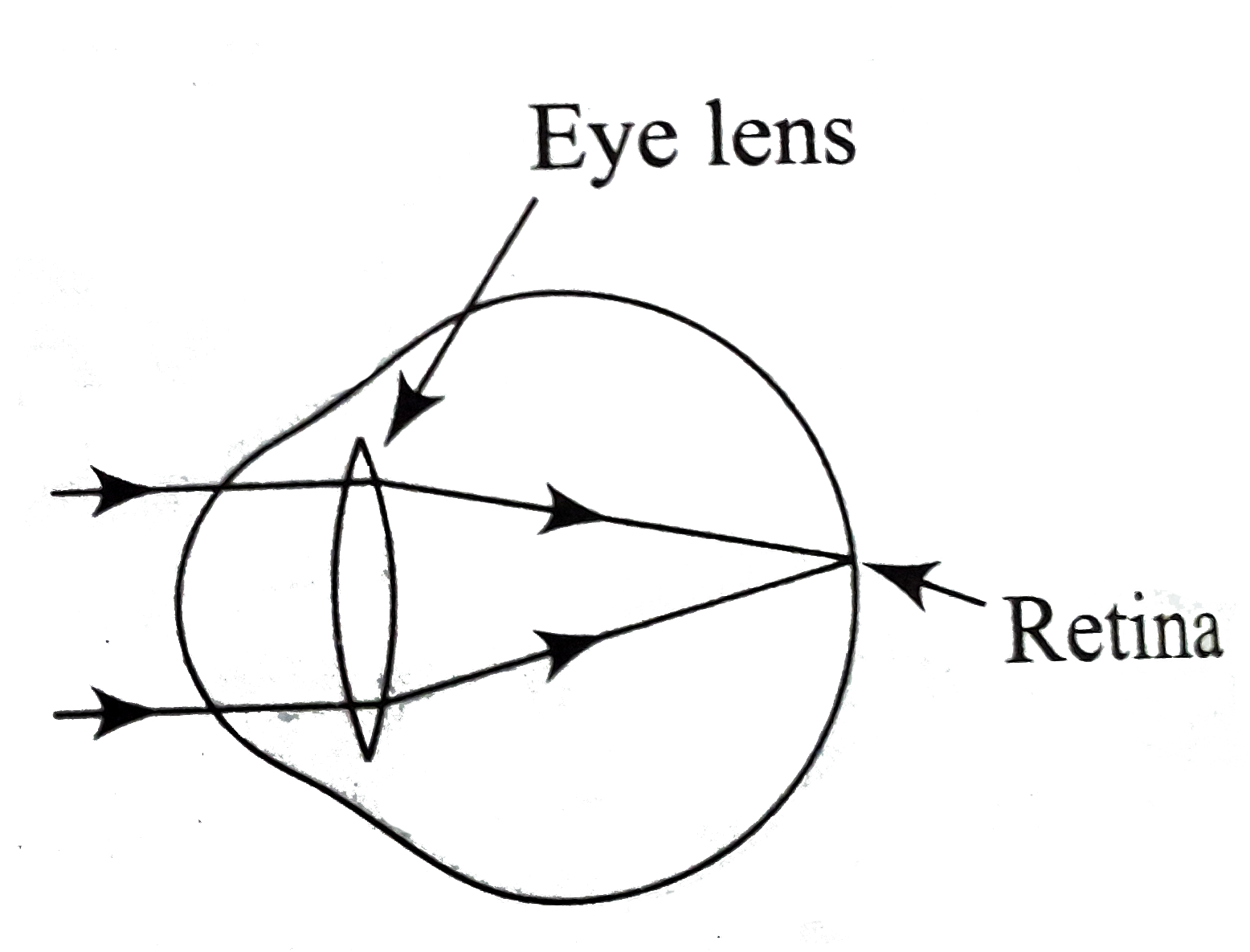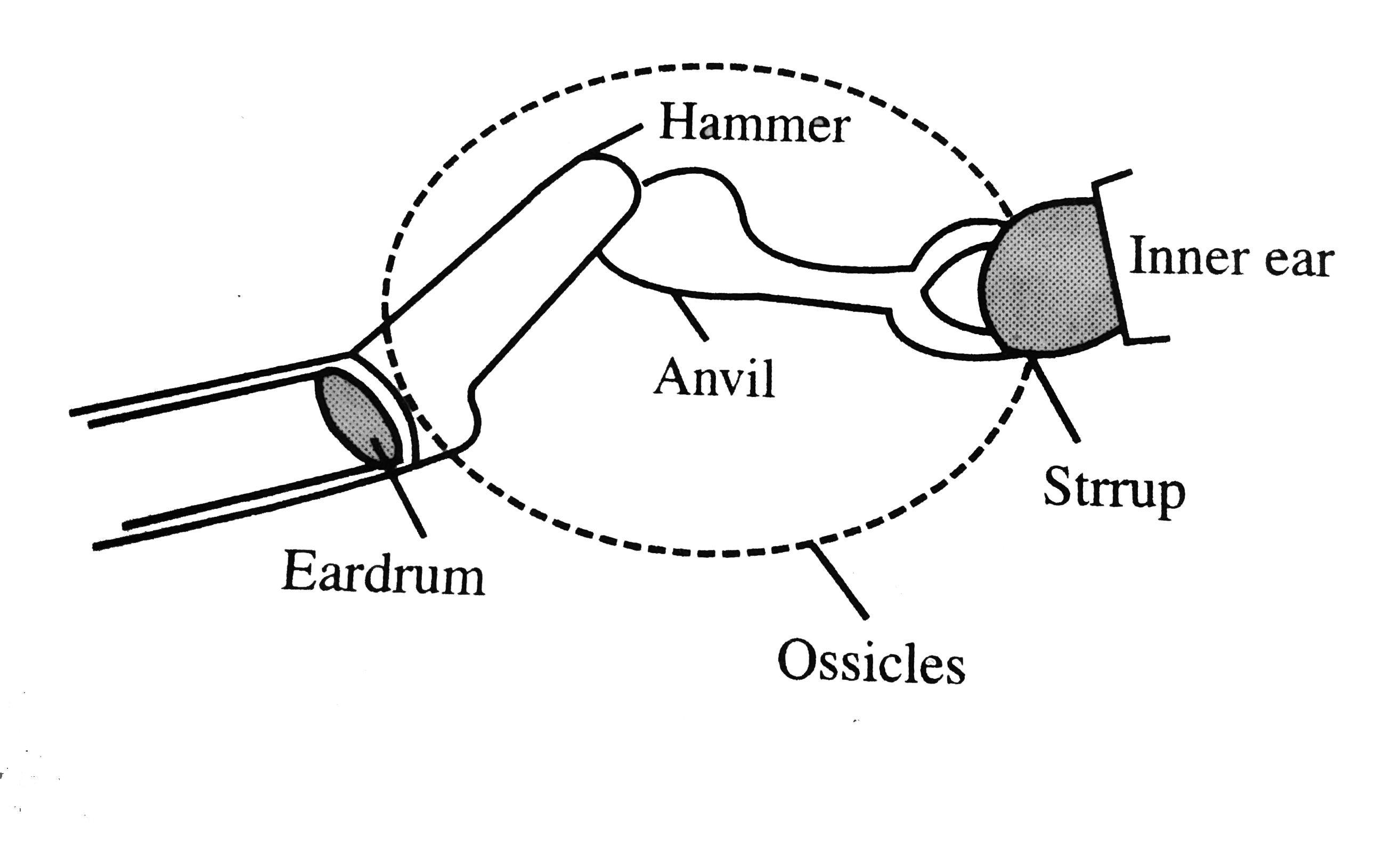An eye medication that is used to treat increased pressure inside the eye is packaged in 2.5 milliliter bottles. During the manufacturing process, a 10 decaliter capacity bin is used to fill the bottles. If1 decaliter is equivalent to 10 liters and 1 liter is equivalent to 1,000 milliliters, what is the maximum number of bottles that can be filled?
4×105
4×104
2.5×103
2.5×102
The correct Answer is:B
To solve the problem of how many 2.5 milliliter bottles can be filled from a 10 decaliter capacity bin, we will follow these steps:
Step 1: Convert Decaliters to Liters
We know that:
1 decaliter = 10 liters
Given that the bin has a capacity of 10 decaliters, we can convert this to liters:
Capacity in liters=10 decaliters×10 liters/decaliter=100 liters
Step 2: Convert Liters to Milliliters
Next, we convert liters to milliliters. We know that:
1 liter = 1000 milliliters
Thus, we convert the 100 liters to milliliters:
Capacity in milliliters=100 liters×1000 milliliters/liter=100000 milliliters
Step 3: Calculate the Number of Bottles
Now that we have the total capacity in milliliters, we can find out how many 2.5 milliliter bottles can be filled:
Number of bottles=Capacity of bin in millilitersCapacity of one bottle in milliliters=100000 milliliters2.5 milliliters/bottle
Step 4: Perform the Division
Now we perform the division:
Number of bottles=1000002.5=40000
Final Answer
The maximum number of bottles that can be filled is 40000.
---
We know that:
1 decaliter = 10 liters
Capacity in liters=10 decaliters×10 liters/decaliter=100 liters
Next, we convert liters to milliliters. We know that:
1 liter = 1000 milliliters
Capacity in milliliters=100 liters×1000 milliliters/liter=100000 milliliters
Now that we have the total capacity in milliliters, we can find out how many 2.5 milliliter bottles can be filled:
Number of bottles=Capacity of bin in millilitersCapacity of one bottle in milliliters=100000 milliliters2.5 milliliters/bottle
Now we perform the division:
Number of bottles=1000002.5=40000
The maximum number of bottles that can be filled is 40000.
Topper's Solved these Questions
- PROBLEM SOLVING AND DATA ANALYSISBook:ENGLISH SATChapter:PROBLEM SOLVING AND DATA ANALYSISExercise:Grib-In
Explore 40 Videos
- PROBLEM SOLVING AND DATA ANALYSISBook:ENGLISH SATChapter:PROBLEM SOLVING AND DATA ANALYSISExercise:Grib-In
Explore 40 Videos
- PROBLEM SOLVING AND DATA ANALYSISBook:ENGLISH SATChapter:PROBLEM SOLVING AND DATA ANALYSISExercise:EXERICSE
Explore 80 Videos
- PROBLEMS IN CONTEXT Book:ENGLISH SATChapter:PROBLEMS IN CONTEXT Exercise:PRACTICE TEST
Explore 10 Videos
Similar Questions
The ciliary muscles of eye control the curvature of the lens in the eye and hence can alter the effective focal length of the system. When the muscles are fully relaxed, the focal length is maximum. When the muscles are strained, the curvature of lens increases. That means radius of curvature decreases and focal length decreases. For a clear vision, the image must be on the retina. The image distance is therefore fixed for clear vision and it equals the distance of retina from eye lens. It is about 2.5cm for a grown up person.
A perosn can theoretically have clear vision of an object situated at any large distance from the eye. The smallest distance at which a person can clearly see is related to minimum possible focal length. The ciliary muscles are most strained in this position. For an average grown up person, minimum distance of the object should be around 25cm.
A person suffering from eye defects uses spectacles (eye glass). The function of lens of spectacles is to form the image of the objects within the range in which the person can see clearly. The image o the spectacle lens becomes object for the eye lens and whose image is formed on the retina.
The number of spectacle lens used for th eremedy of eye defect is decided by the power fo the lens required and the number of spectacle lens is equal to the numerical value of the power of lens with sign. For example, if power of the lens required is +3D (converging lens of focal length 100/3cm ), then number of lens will be +3.
For all the calculations required, you can use the lens formula and lensmaker's formula. Assume that the eye lens is equiconvex lens. Neglect the distance between the eye lens and the spectacle lens.

Q. A person can see objects clearly from distance 10cm to ∞. Then, we can say that the person is
View Solution
When a sound wave enters the ear, it sets the eardrum into oscillation, which in turn causes oscillation of 3 tiny bones in the middle ear called ossicles. This oscillation is finally transmitted to the fluid filled in inner portion of the ear termed as inner ear, the motion of the fluid disturbs hair cells within the inner ear which transmit nerve impulses to the brain with the information that a sound is present. The theree bones present in the middle ear are named as hammer, anvil and stirrup. Out of these the stirrup is the smallest one and this only connects the middle ear to inner ear as shown in the figure below. The area of stirrup and its extent of connection with the inner ear limits the sensitivity of the human ear consider a person's ear whose moving part of the eardrum has an area of about 50mm2 and the area of stirrup is about 5mm2. The mass of ossicles is negligible. As a result, force exerted by sound wave in air on eardum and ossicles is same as the force exerted by ossicles on the inner ear. Consider a sound wave having maximum pressure fluctuation of 4×10−2Pa from its normal equilibrium pressure value which is equal to 105Pa. Frequency of sound wave in air is 332ms. Velocity of sound wave in fluid (present in inner ear) is 1500ms. Bulk modulus of air is 1.42×105Pa. Bulk modulus of fluid is 2.18×109Pa.
Q. This person (without hearing aid machine) is sitting inside a busy restaurant where average sound intensity is 3.2×10−5Wm2. How much energy in the form of sound is taken up by the person in his meal time of 1 h?
View Solution
Knowledge Check
A certain homeowner uses a gas edger to clean up his lawn every time he mows. If the edger uses 160 milliliters of fuel each time, what is the maximum number of times the homeowner can edge his lawn with 8 litres of fuel?( 1 liter = 1,000 milliliters)
A5B50C100D1000

When a sound wave enters the ear, it sets the eardrum into oscillation, which in turn causes oscillation of 3 tiny bones in the middle ear called ossicles. This oscillation is finally transmitted to the fluid filled in inner portion of the ear termed as inner ear, the motion of the fluid disturbs hair cells within the inner ear which transmit nerve impulses to the brain with the information that a sound is present. The theree bones present in the middle ear are named as hammer, anvil and stirrup. Out of these the stirrup is the smallest one and this only connects the middle ear to inner ear as shown in the figure below. The area of stirrup and its extent of connection with the inner ear limits the sensitivity of the human ear consider a person's ear whose moving part of the eardrum has an area of about 50mm2 and the area of stirrup is about 5mm2. The mass of ossicles is negligible. As a result, force exerted by sound wave in air on eardum and ossicles is same as the force exerted by ossicles on the inner ear. Consider a sound wave having maximum pressure fluctuation of 4×10−2Pa from its normal equilibrium pressure value which is equal to 105Pa. Frequency of sound wave in air is 332ms. Velocity of sound wave in fluid (present in inner ear) is 1500ms. Bulk modulus of air is 1.42×105Pa. Bulk modulus of fluid is 2.18×109Pa.
Q. If the person is using an hearing aid, which increase the sound intensity level by 30 dB, then by what factor the intensity of given sound wave change as perceived by inner ear?
View Solution
In the figure above, a rectangular container with the dimensions 10 inches by 15 inches by 20 inches is to be filled with water, using a cylindrical cup whose radius is 2 inches and whose height is 5 inches. What is the maximum number of full cups of water that can be placed into the container without the water overflowing the container?
View SolutionA water cooler of storages capacity 120 liters can cool water at a constant rate of P watts. In a closed circulation system (as shown schematically in the figure), the water from the cooler is used to cool an external device that generates constantly 3kW of heat (thermal load). The temperature of water fed into the device cannot exceed 30∘C and the entire stored 120 liters of water is initially cooled to 10∘C. The entire system is thermally insulated. The minimum value of P ( in watts) for which the device can be operated for 3hours is

(Specific heat of water is 4.2kJkg−1K−1 and the density of water is 1000kgm−3)
View SolutionA 10 W electric heater is used to heat a container filled with 0.5 kg of water. It is found that the temperature of water and container rises by 3∘K in 15 min. The container is then emptied, dired and filled with 2kg of oil. The same heater now raises the temperature of container oil system by 2K in 20 min. Assume there is no heat loss in the process and the specific heat of water is 4200Jkg−1K−1, the specific heat of oil in the same limit is equal to
View SolutionA water hose pipe of cross-sectional area 5cm2 is used to fill a tank of 120L. It has been observed that it takes 2 min to fill the tank. Now, a nozzel with an opening of cross-sectional area 1cm2 is attached to the hose. The nozzel is held so that water is projected horizontally from a point 1m above the ground. The horizontal distance over which the water can be projected is (Take g=10m/s2).
View SolutionThe trajectory of a projectile is given by y=xtanθ−12gx2u2cos2θ. This equation can be used for calculating various phenomen such as finding the minimum velocity required to make a stone reach a certain point maximum range for a given projection velocity and the angle of projection required for maximum range. The range of a particle thrown from a tower is define as the distance the root of the tower and the point of landing.
A tower is at a distance of 5m from a man who can throw a stone with a maximum speed of 10m/s. What is the maximum height that the man can hit on this tower.
View SolutionA glass full of water upto a height of 10 cm has a bottom of are 10cm2, top of area 30cm2 and volume 1 litre.
(a) Find the force exerted by the water on the bottom.
(b) Find the resultant force exerted by the sides of the glass on the water.
(c ) If the glass is convered by a jar and the air inside the jar is completely pumped out, what will be the answer to parts (a) and (b).
(d) If a glass of different shape is used, provided the height, the bottom area, the top area and the volume are unchanged, will the answer to parts (a) and (b) change.
Take g=10m/s3, density of water=103kg/m3 and atmospheric pressure =1.01×105N/m2.
View Solution

